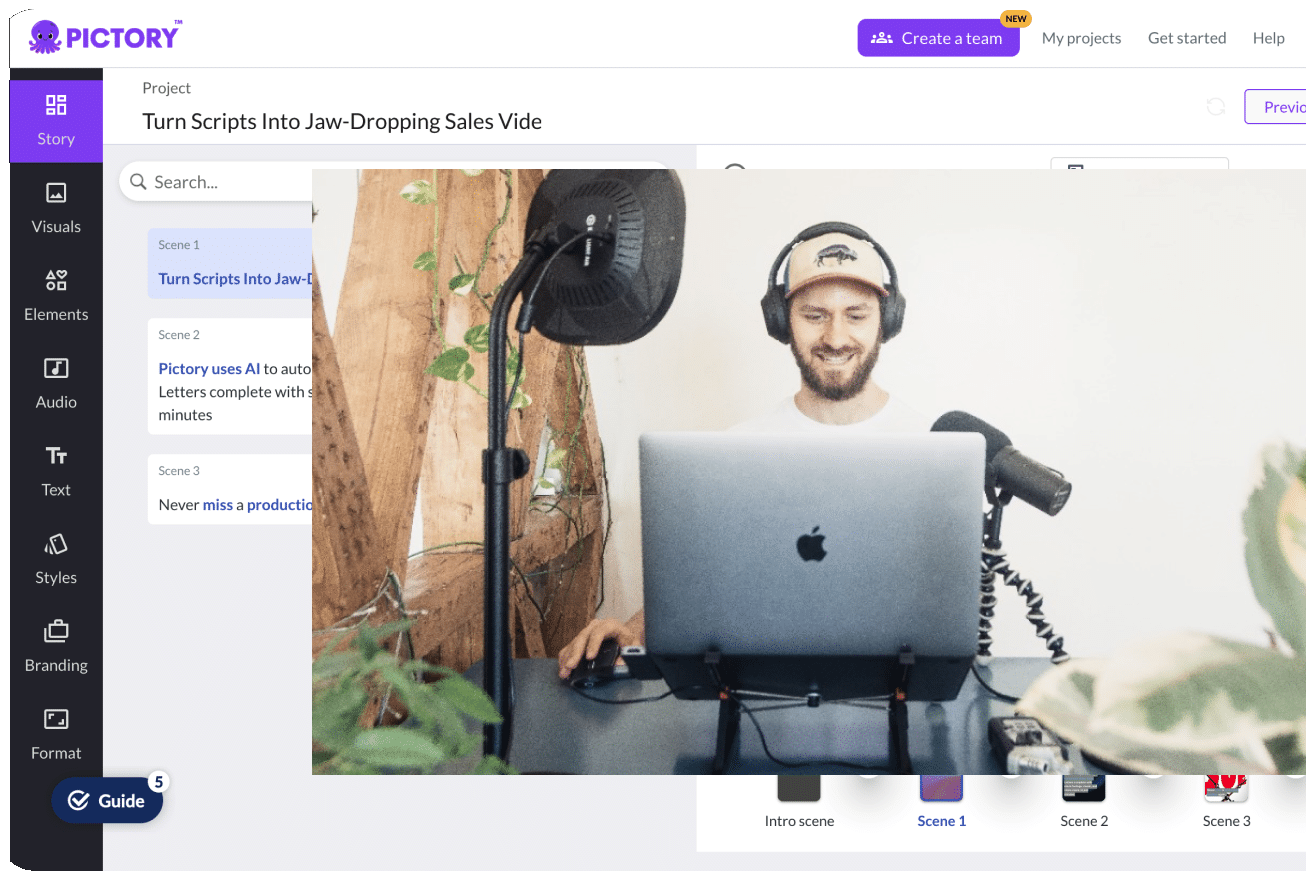Isn’t it fascinating how artificial intelligence (AI) has transformed the way we interact with machines?
“What are AI prompts?” you might ask.
AI prompt engineering, a rapidly growing field, is revolutionizing the way we communicate with AI tools across various industries, enabling us to achieve better results and optimize AI model performance.
Buckle up as we explore this exciting world of AI prompts!
Short Summary
-
-
AI Prompt Engineering combines language models, prompts, and input/output to create customized content.
-
-
-
It requires mastery of language, attention to detail, and an understanding of AI tools & models for successful prompt creation.
-
-
-
Job opportunities are increasing with salaries ranging from $50k-$300k.
Success in the field relies on coding skills, creativity & subject matter expertise.
-
Understanding AI Prompts
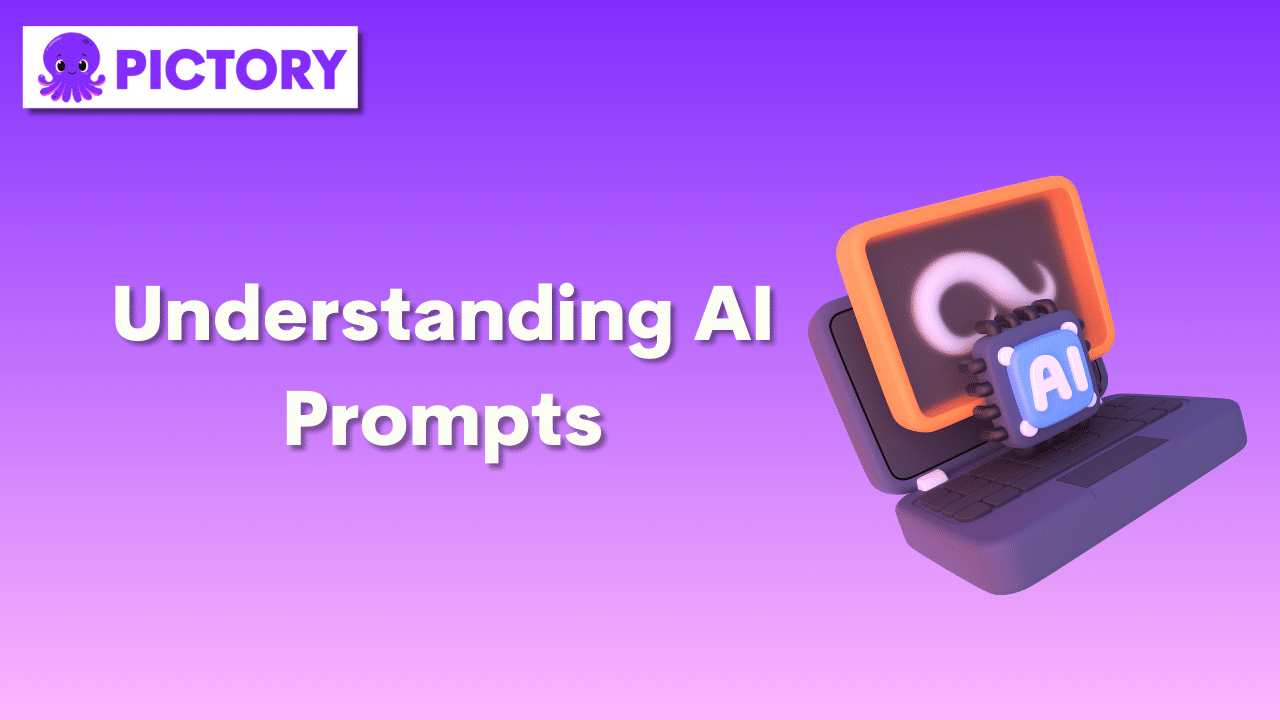
AI prompts are commands that the AI model can comprehend, which can be represented in various forms, including a sequence of codes, a full statement, or even a few words.
Prompts can be sorted into two distinct varieties: text prompting and image prompting.
Each type offers its own set of benefits for teachers and students.
AI prompt engineering is a sophisticated AI engineering technique.
It involves refining large language models with specific prompts, recommended outputs and input to various generative AI services to create text or images.
The concept of prompt engineering can be likened to using writing prompts to initiate a writing or art task.
To create effective AI prompts, it is important to be specific and descriptive, provide pertinent examples, evaluate the complexity of the task, and keep the intended audience in mind.
Defining objectives facilitates more precise prompts and the capacity to evaluate outcomes.
By assessing prompts, you can ensure that you will attain the most satisfactory outcomes with your AI tool.
AI prompts hold the potential to produce exceptional outcomes, from search-optimized content to remarkable artworks, and can optimize campaigns and generate customized content through features like prompt engineering, which helps train AI models.
Text-Based Prompts
AI prompt engineering refers to the practice of utilizing prompts to interact with AI tools in order to generate desired outputs, such as stories, images, text summarizers, and automatic video editor tools.
ChatGPT is one of the widely utilized text-to-text AI tools, and there are also text-to-image models available for generating visual content.
Various generative AI applications feature short keywords for specifying properties such as style, level of abstraction, resolution, and aspect ratio, as well as for assigning significance to words within the prompt.
To improve your AI prompt engineering skills, it’s crucial to avoid ambiguous prompts, include precise details, and refrain from open-ended prompts.
A prompt may include examples, input data, instructions, or questions, and segmenting prompts into individual parts can facilitate the separation of instruction and context, thus enhancing the prompt’s effectiveness.
Natural language processing, a field of study focused on understanding and processing language for text prompting, plays a vital role in crafting effective text-based prompts.
Try out various phrasings of a similar concept is a great way to start.
Image-Based Prompts
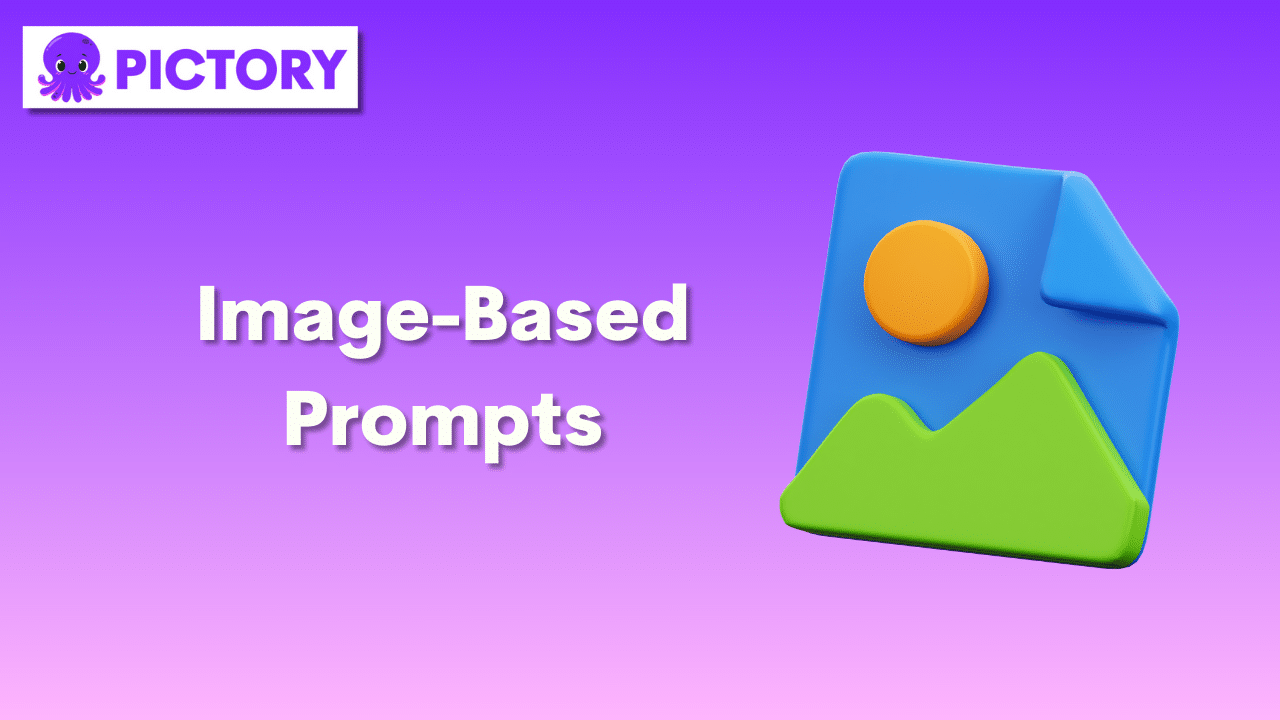
Prompt engineering is the process of creating an effective query to obtain optimal results and improved training for Artificial Intelligence.
The elements that constitute prompt engineering include logic, coding, art, and in certain scenarios, special modifiers.
The special modifiers within each tool facilitate the specification of the weight of words, styles, perspectives, layout, or other properties of the desired response.
An enterprise use case for prompt engineering comes in handy when a law firm needs to quickly create contracts.
A generative model can be used to assist lawyers in automatically generating specified contracts.
The Importance of AI Prompt Engineering
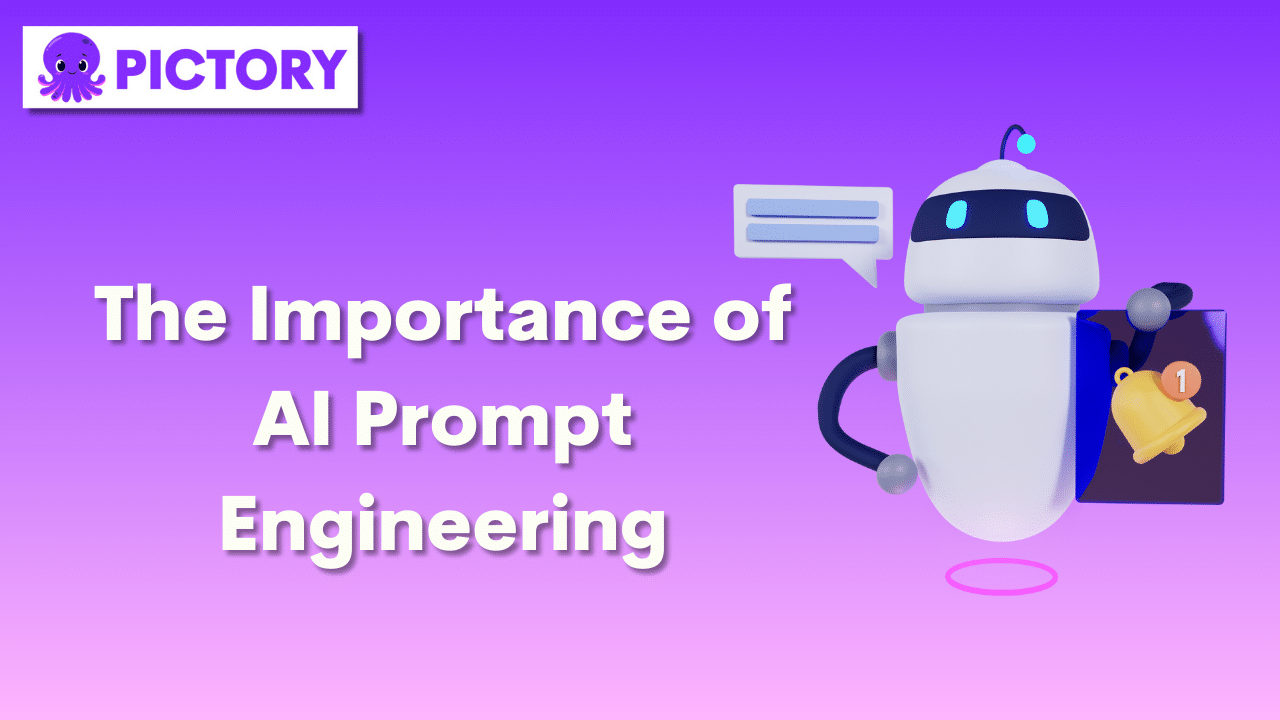
A successful prompt should be precise, open-ended, understandable, pertinent, stimulating, and captivating to the targeted audience.
It should also provide adequate information for the respondent to comprehend the inquiry and the type of response expected.
Input data, including text and images, is a major factor in determining the output of an AI model.
Continuing to develop AI prompt engineering is essential to maximize the potential of AI models, as it ensures that the AI model comprehends the intended context and can deliver precise, pertinent, and beneficial responses.
Adopting prompt engineering to limit prompts to only the essential parameters can help minimize the risk of obtaining inaccurate results.
Enhancing AI Model Performance
Experimentation and variation are essential to effective AI prompt engineering, as they enable the assessment of various prompts to ascertain which ones are most effective.
AI models can be optimized with examples by providing specific formats in the prompt as opposed to general statements.
Modifiers can be employed to provide additional context to a prompt, thus making it more specific and tailored to the desired task.
A/B testing, a method of experimentation, enables you to establish which prompts are most effective.
Troubleshooting Workflows
It is essential to comprehend the natural language processing and the AI model’s capabilities in order to recognize the issue.
Examining the code is a critical component of troubleshooting AI Prompt engineering workflows, and it is imperative to comprehend the code and its interaction with the AI model.
Assessing various solutions is an integral part of troubleshooting AI Prompt engineering workflows, and it is essential to evaluate different solutions and determine which one is most effective for the AI model.
Refining prompts and outputs is an integral part of troubleshooting AI Prompt engineering workflows, and it is essential to refine the prompts and outputs to guarantee that the AI model is operating at its highest efficiency.
Mastering the Art of AI Prompt Creation
Creating successful AI Prompts necessitates a strong command of the language, meticulous attention to detail, an understanding of AI shortcuts, and familiarity with additional options.
Additional options for AI Prompts include incorporating examples and modifiers, exploring variations, and leveraging AI tools and models.
To practice creating AI Prompts, one can experiment with different variations, incorporate examples and modifiers, and make use of AI tools and models.
Clarity and Specificity
Clarity and specificity are of paramount importance when constructing AI Prompts, as this ensures that the AI model comprehends the intended context and can deliver precise, pertinent, and beneficial responses.
To ensure clarity and specificity, utilizing descriptive language, maintaining brevity, employing delimiters, and requesting structured output is recommended.
Including precise details can facilitate the refinement of the outcomes, and employing clarity and specificity when developing AI prompts can result in more precise, consistent, and contextually pertinent responses from the AI.
Experimentation and Variation
Experimenting and varying are essential when crafting AI Prompts in order to optimize the prompts and achieve the best outcomes.
Through the implementation of various prompt variations, the refinement of pre-trained language models, and the utilization of prompt engineering, teams are able to effectively tune LLMs and troubleshoot workflows to achieve desired outcomes.
The quality of the prompt is a crucial factor in assessing the efficacy of the AI’s output.
By experimenting with different prompt variations, refining pre-trained language models, and utilizing prompt engineering, teams can effectively optimize LLMs and troubleshoot workflows for desired outcomes.
Utilizing Examples and Modifiers
Examples and modifiers in AI Prompts are elements that can be used to tailor the prompt to the user’s requirements.
Examples provide context and clarity to the prompts, while modifiers adjust their difficulty or complexity.
AI Prompts can include natural language processing (NLP) tasks such as sentiment analysis, text classification, and question answering.
Additionally, image-based prompts such as object recognition, facial recognition, and image segmentation can be used.
Utilizing examples and modifiers can be effective in customizing AI Prompts to the user’s needs.
Experimenting with different variations of the prompt and gathering user feedback can provide valuable insight to refine the prompt.
AI Prompt Engineering Careers and Skills
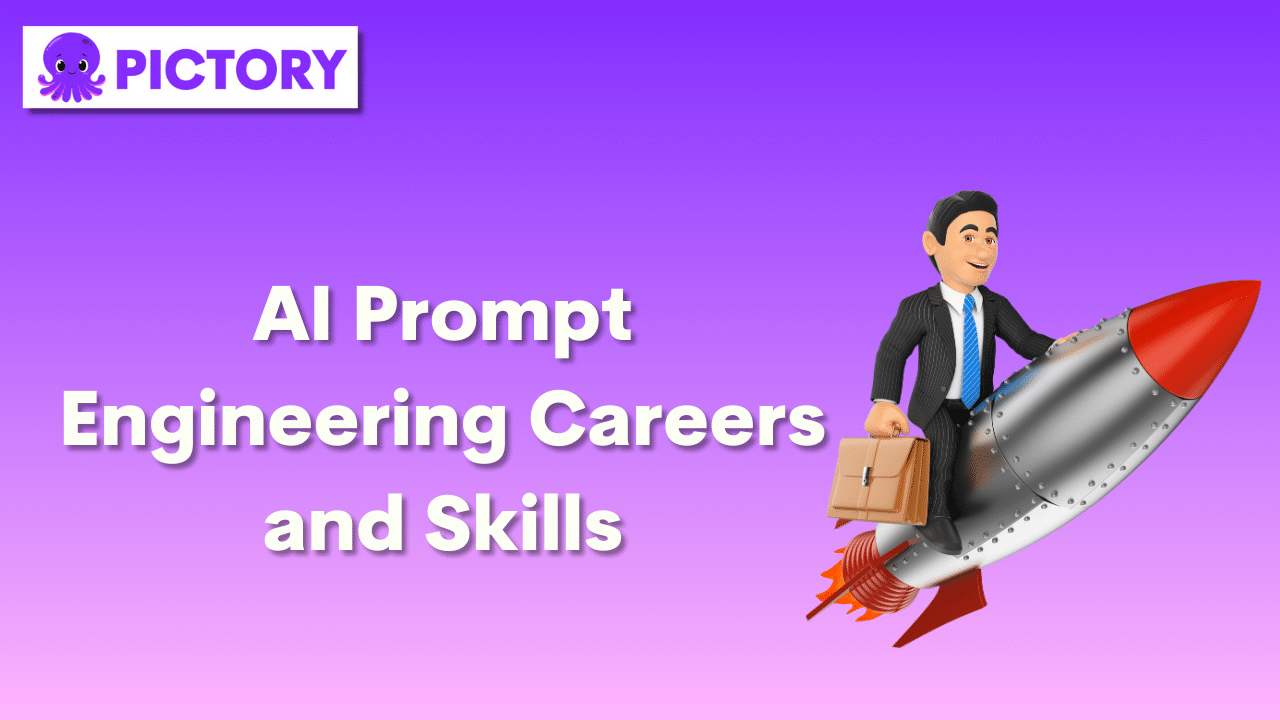
AI prompt engineers can find a range of job opportunities in various industries, including tech, healthcare, finance, and more.
These positions can be with large corporations or startups and often offer generous pay packages.
Additionally, the demand for professionals in artificial intelligence has seen an increase in recent years.
However, AI has the potential to be biased, propagate misinformation, and create hallucinations.
It is important to note that these issues are not necessarily the fault of the AI itself, as it is not actually capable of thinking.
Job Opportunities and Salaries
The salary range for prompt engineer positions is between $50,000 and $300,000 per year.
With the rapid growth of AI and its impact on various industries, the opportunities for AI prompt engineers are expanding, making it an attractive career choice for those with the right skill set.
AI is becoming increasingly important in many industries, and the demand for prompt engineers is growing.
This makes it a great career choice for those with the right skills and experience.
With the right qualifications, AI systems can be developed and maintained effectively, ensuring a well-functioning AI system.
Essential Skills for Success
Success in AI Prompt engineering requires basic coding skills, proficiency in a specific AI tool, linguistic proficiency, critical thinking, creativity, and subject matter expertise.
Knowledge of programming languages such as Python, JavaScript, and C++, as well as familiarity with software development tools such as Git and version control, is essential for success in AI Prompt engineering.
Proficiency in a particular AI tool, such as natural language processing (NLP) tools like spaCy, TensorFlow, and Keras, or machine learning (ML) tools like scikit-learn, is also crucial.
Linguistic proficiency, including familiarity with grammar, syntax, and semantics, as well as the capacity to identify and interpret language patterns, is important for success in AI Prompt engineering.
Critical thinking skills, such as the capacity to analyze data, recognize patterns, and draw sound conclusions, are essential.
A high level of creativity, including the capacity to devise inventive solutions to issues and think unconventionally, is also necessary for success in this field.
Subject matter expertise, including knowledge of the domain in which the AI Prompts are being utilized, such as healthcare, finance, or retail, is crucial for success.
Learning Resources and Platforms
AI Prompt engineers have access to various learning resources, including online courses from DeepLearning.AI and OpenAI, as well as GitHub repositories and other online resources.
Online classes such as PromptHero Crash Course and Learn Prompting, Udemy, Coursera, and OpenAI’s free one-hour course featuring DeepLearning.AI are available for AI prompt engineering.
These resources offer valuable knowledge and insights, helping professionals master the art of AI prompt engineering and stay updated on the latest developments in the field.
GitHub repositories and other online resources also provide a wealth of information and practical examples for those looking to learn AI prompt engineering.
By utilizing these learning resources and platforms, aspiring AI prompt engineers can hone their skills, expand their knowledge, and stay ahead in this rapidly evolving field.
Popular AI Tools and Models for Prompt Engineering

Commonly used AI tools for AI Prompt engineering include OpenAI, creator of GPT-3, Jasper, and Notion AI.
GPT-4, an open-source language model developed by OpenAI, is a powerful tool for natural language processing tasks including text generation, question answering, and summarization.
OpenAI, an artificial intelligence research laboratory co-founded by Elon Musk and Sam Altman, is focused on developing artificial general intelligence (AGI) and furthering the field of AI research.
These tools, including the automatic video editor tool, and models provide a solid foundation for AI prompt engineers, enabling them to create effective prompts and enhance the performance of their AI models.
Case Studies: AI Prompt Engineering in Action

Examples of AI prompt engineering in action include utilizing natural language processing to generate content from user input and applying machine learning to create prompts for content generation.
This allows AI technologies to create prompts for content generation.
AI prompt engineering applications can be found in various industries, such as healthcare, finance, and retail.
In healthcare, AI prompt engineering can be used for medical diagnosis and treatment recommendations; in finance, it can assist with fraud detection and customer segmentation; and in retail, it can aid in product recommendation and customer segmentation.
These case studies demonstrate the versatility and potential of AI prompt engineering in various fields, highlighting the growing importance of this skill set in today’s world.
As an AI prompt engineer, you will play a significant role in unlocking new possibilities and driving innovation as AI continues to advance and reshape industries.
Summary of What Are AI Prompts?
In conclusion, AI prompt engineering is an exciting and rapidly growing field with a significant impact on various industries.
Mastering the art of AI prompt creation requires a combination of technical skills, linguistic proficiency, creativity, and subject matter expertise.
With a plethora of learning resources, platforms, and popular AI tools available, aspiring AI prompt engineers can develop their skills and stay ahead in this fast-paced field.
As AI technology continues to advance, the importance of AI prompt engineering will only grow, making it an essential skill set for the future.
Frequently Asked Questions
How do AI Prompts Work?
AI prompts work by using Natural Language Processing (NLP) algorithms to recognize patterns from a given prompt.
AI utilizes large sets of text-based data such as social media posts and news articles to build its understanding.
With deep learning, AI can further understand the relationships between these words and phrases, and produce the best response.
This enables AI prompts to interact in a more natural way with humans.
What is Prompt Writing in AI?
Prompt writing in AI is a way of using natural language processing and machine learning algorithms to generate prompts that an AI tool, like OpenAI’s ChatGPT, can use as starting points or ideas to create relevant content.
It involves crafting input prompts so that the AI model can interpret them and respond with useful and creative output.
What is An Example of a Prompt for AI?
An example of a prompt for AI could be “Create an abstract painting inspired by the rush hour traffic in New York City” which encourages creative exploration of the concepts of artificial intelligence.
Such prompts are great for inspiring artistic expression and exploration, as well as fostering collaboration between humans and machines.
To get started with AI prompts, why not check out our article The Best ChatGPT Prompts 2023: 250+ ChatGPT Prompts to Inspire Your Writing!
And then sign up for a FREE Pictory account and explore the world of an online video editor made possible through AI technology!





